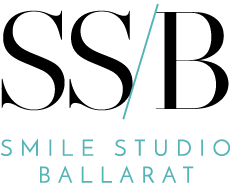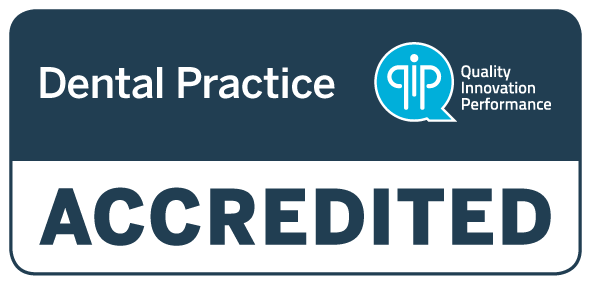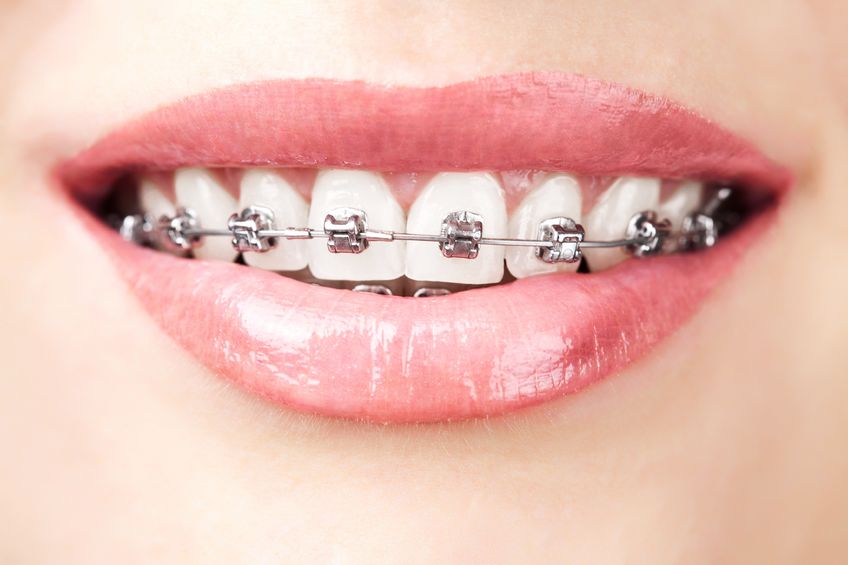The number of adults you see with braces is far less in comparison to teenagers with braces. Teenagers comprise a significant portion of orthodontic patients. This is owing to the ease of making changes at an age when facial growth isn’t permanent yet. This is why the teenage is the best time to get braces.
But that doesn’t mean that it is the only time to get braces. After all, age is just a number even for orthodontic patients. Adult orthodontic treatments are also viable, though not extremely common. As adults, there will surely be more clarity on what is required and this can help a dentist locate suitable treatments.
Age is just a number
So, do adults really get orthodontic treatments? Yes! Because improved health benefits all – young and old alike.
Orthodontic treatments help better the facial and jaw structure, leading to a better smile, better bite, and better oral health. It lessens strain from chewing and biting, which can only worsen with age if not corrected. It reduces the chances of tooth decay or even helps repair already existing damages without disturbing the other teeth.
Additionally, if you have always been conscious of your smile as a child or teenager but never had a chance to wear braces, you must give it a shot. It will change your look and even your outlook on beauty.
Adult orthodontic treatments
Treatment options in adults may vary from those available to teenagers. These vary in accordance with why someone is choosing to have a treatment done and what sort of dental health do they have. In teenagers, the aim is structural corrections. In adults, this may not be the only reason.
Usually, adults seek orthodontic treatment when it becomes challenging to maintain teeth health or due to unavoidable pain from biting issues. In some cases, they might also be referred to by doctors to make other dental treatments like implants possible. Appearance and smile correction is usually the least common reason for orthodontic treatment in adults. Not saying that it is frowned upon. Cause who doesn’t like a good-looking smile.
Braces
Braces are the most common option for adults too. An observable trend in adults is the tendency to choose ceramic braces or clear aligners over metallic braces. The reason for this is undoubtedly outward appearance. Metallic braces are more common amongst teenagers as they are cost-effective and socially acceptable. This is not the case for adults who prefer a less obvious yet effective.
Ceramic braces function exactly like metallic braces. They have a bracket, an archwire and an elastic ring to keep both in place. Regular appointments must be made with the dentist to tighten the braces in accordance with the desired effect. Unlike metallic braces, ceramic braces are clear and transparent and hence less evident to an onlooker. This advantage shows as an added cost making it is far more expensive than metallic braces. Also, great care must be taken to keep the ceramic brace stain free.
Invisalign
Another viable option is invisible aligners or Invisalign. They are clear and temporary aligners that can be removed when needed. In this case, 3D impressions of your teeth is taken to make a custom-fit transparent mouthpiece. This mouthpiece has to be changed in two weeks according to the changes in alignment. This is a comfortable option for adults who wish to have a temporary aligner that can be removed while eating. It is also invisible and has minor discomfort while talking. The cost is far more than ceramic braces.
Although braces and aligners are the easy way out, it not be the case for adults. In a few instances like jaw restructuring, where posterior crossbite correction, cannot be fixed with the above methods. That would require a more complex procedure like open jaw surgery. There are more chances of depending upon extraction in adults to get the expected outcome. So, the downside of doing orthodontic treatment in adults is that lack of facial growth deems the need for surgeries and extractions.
Pros and Cons
Here are some of the pros and cons to consider.
Pros:
- Adult orthodontic treatment ensures better oral health. With your teeth aligned and your bite corrected, it will reduce the chance of further decays and pains.
- It ensures a better appearance which results in increased confidence and self-worth.
- Adults are better patients. This is so because they are mature enough to know what they require and are willing to put in extra effort for their betterment.
Cons:
- It can take a bit longer. Since adults are no longer in the growing phase, any orthodontic treatment on them will take longer than usual.
- May weaken already weak bones and teeth. Doing orthodontic treatment exerts a force on teeth and bones. So, an orthodontist may not suggest it to an already brittle bone or infected teeth. Here, the patient would have no option but to rely on surgical methods.
How long will the treatment take?
Anywhere between 6 months to 2 years is the stipulated time period. This time in adults will fall towards the larger end of the spectrum. For clean aligners which can be removed, the expected time for wearing is 22 hours per day. The rest depends on the nature of the treatment and the patient’s health condition.
Should there be any changes in diet?
It is expected of you to keep away from hard and sticky food. Raw vegetables, popcorn, crispy snacks, gum, and sticky sweets are definitely to be avoided as they may cause bends and cracks on the braces. In case of surgery, your dentist will be recommended fluids and easily digestible food for some time, following which you can resume your usual diet.
Will there be difficulties in talking?
If wearing braces, then initially yes. It might take you a while to get used to any braces or aligners. There might be slight lisps and spits while speaking. But gradually you will get used to it. Also, these speech changes are not permanent. They will go away the moment you remove your braces or aligners.


